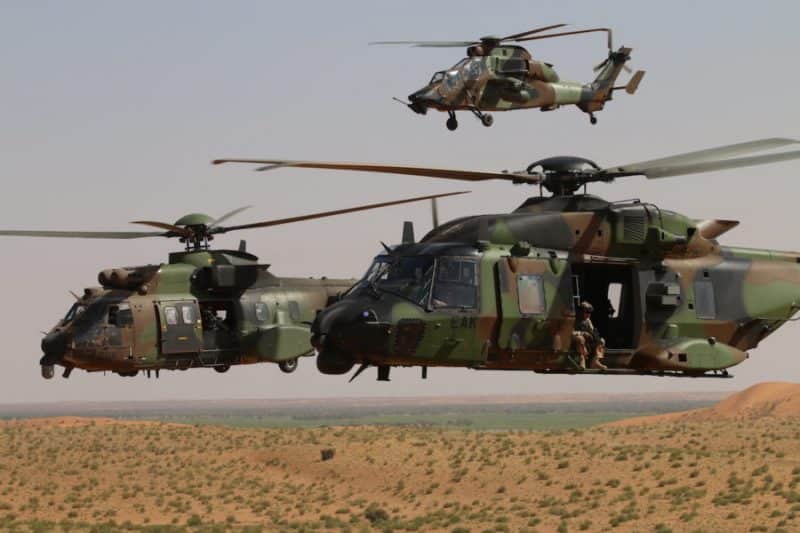Technology or mass? This question has been central to the planning efforts of all major armies around the world for the past 50 years, each of these attributes having their strengths and weaknesses. Thus, technology significantly increases the efficiency and versatility of equipment, as well as their survivability, but induces an increase in design and non-linear production costs, and sometimes operational dead ends, as was the case for several major US programs in recent decades such as the Zumwalt destroyers, the Littoral Combat Ship and the US Army's GCV program. Each time, these programs came up against excessive technological ambitions leading to the explosion of costs, and subsequently the cessation of production. Even for the very prolific Joint Strike Fighter program which will give birth to the F-35, it has faced an explosion of development costs, and still faces maintenance costs much higher than what was initially planned for this aircraft aimed at to replace the F-16.
Conversely, the mass, which was at the heart of the concerns of the armies of both sides during the Cold War, if it offers great resilience and extends the operational options in combat, suffers from very high costs of ownership, and comes up against to the difficulties encountered today by the armed forces in supplementing their already reduced numbers. In fact, it was easy for political and military decision-makers to convince themselves that technology was an alternative to mass, and to concentrate investments in this area, sometimes beyond reason, to the point of acquiring equipment that is not only much more expensive, but also much more fragile and difficult to maintain in combat. This difficult arbitration had, however, relatively minimal consequences over the past 30 years with the disappearance of large-scale and high-intensity conflicts. The war in Ukraine, and growing threats in many theaters, have broken this status quo. From now on, for all the armies, it has become essential to be much more careful and balanced in their arbitrations.

It is in this context that Sebastien Lecornu, the French Minister for the Armed Forces, wanted to redefine the equipment priorities within the framework of the next Military Programming Law, which will take over in 2023 of the LPM 2019-2025. And among the various areas for improvement presented by the Minister, ranging from the relaunching of certain industrial capacities to the creation of stocks of materials and raw materials to produce and maintain them, a notion abandoned for many years has resurfaced, the hardiness of military equipment. " One can wonder if technologically advanced equipment, but in small quantities, is preferable to numerous materials, more rustic but essential. This is a question that arises within the framework of the retex Ukraine and the reflection on the resilience of the BITD » he declared in particular in a speech given on July 7 before the National Assembly. Since then, this notion of equipment hardiness has been taken up by the Minister himself, as well as by the new General Delegate for Armaments Emmanuel Chiva. Same for the Chief of Staff of the Armed Forces, General Burkhard, rusticity is again becoming an issue, even if it refers to the hardiness of the fighter rather than their equipment.

The rest of this article is for subscribers only
The Classic subscriptions provide access to
all articles without advertising, starting at € 1,99.
Newsletter subscription
Register for the Meta-Defense Newsletter to receive the
latest fashion articles daily or weekly


[…] […]